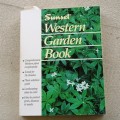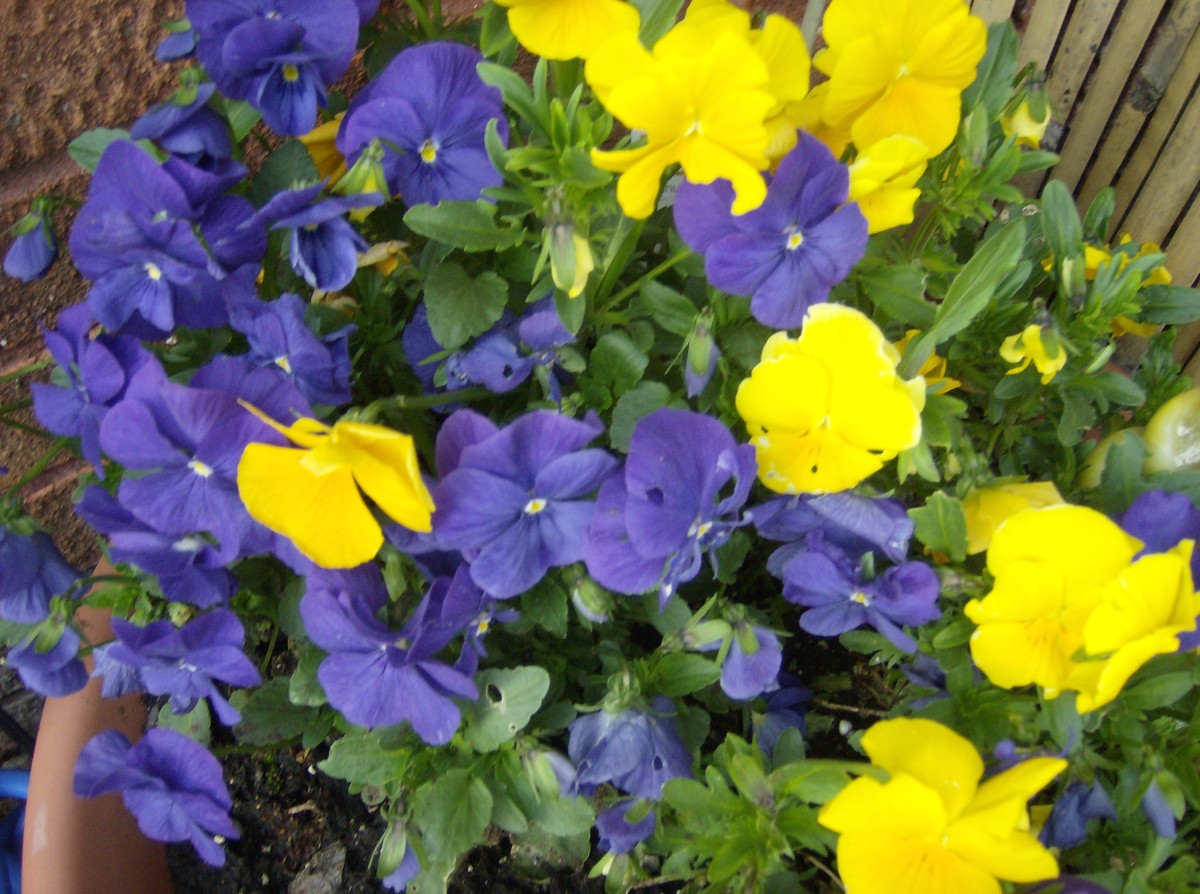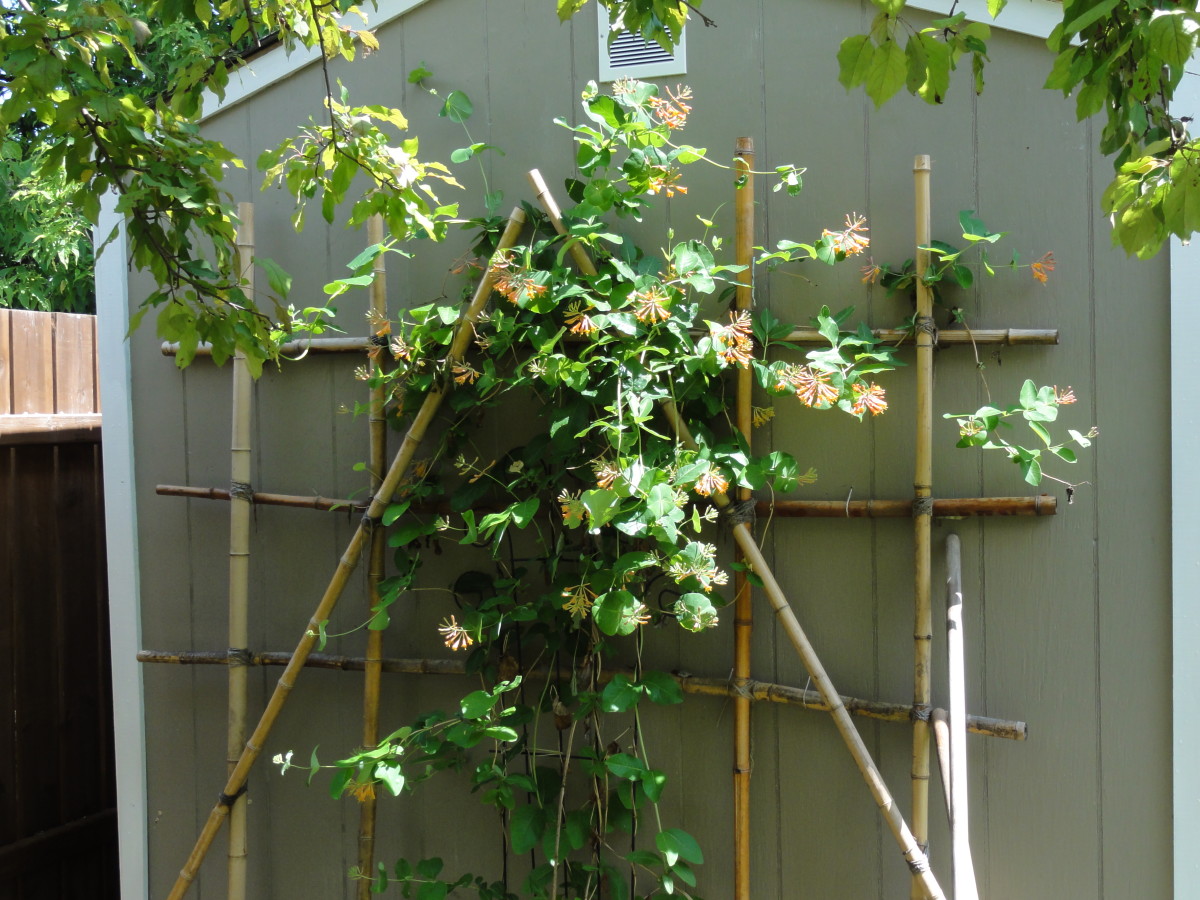How to Make a Beautiful Hypertufa Garden
Beautiful Hypertufa Garden
How to Make a Beautiful Hypertufa Garden
Gardening has a long history. It can proudly claim the term of science. Garden can be of practical use – when growing vegetables, fruits, herbs, etc., or decorative – when dealing mostly with flowers and other ornamental plants. Both food and decorative gardening dates back to prehistory. Decorative gardens started in order to bring pleasure to people and serve as a place where a person would be able to relax and meditate. Most common are gardens located near the house, however, they can be found on a patio, balcony, atrium, windowbox, and even on the roof. Gardening can be a hobby or profession. Before presenting a detailed instruction on how to make a beautiful hypertufa garden let’s in a few words discuss features of hypertufa rock. By doing so we may better understand why it is so much preferred by gardeners almost all over the world.
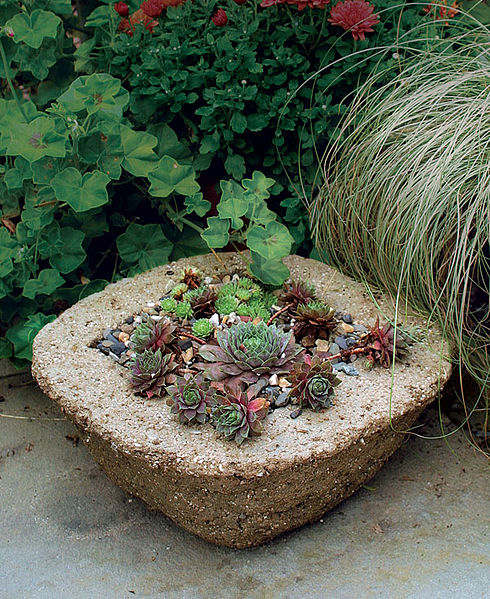
What is Hypertufa?
Hypertufa is artificially modified type of rock whose diverse consistence is bonded by means of special (portland) cement. The word “hyper” comes from Latin and stands for “very”, “extremely”. Hypertufa is an artificially created sort of tufa rock. The latter is a natural volcanic sub-product. Being not as heavy as concrete or terracotta, in some countries tufa is preferred as best construction material. Hypertufa is porous and thus much favored in gardening. Hypertufa was specially invented as a material that would fit gardening purposes. Hypertufa consists of perlite (5 parts), portland cement (3 parts), peat moss (4 parts), and water. However there is hypertufa with substantial component of gravel or sand. This type would be heavier and stronger and not so popular amongst the gardeners. To make hypertufa stronger you may add synthetic fibers, plastics, or liquid acrylic. As hypertufa is considerably lightweight it is widely used in making planters, bath tubs, sinks, statues, pots and other design objects. Among other advantages of hypertufa is that it retains moisture, has low maintenance, and is easy to drain. Also it is absolutely environment friendly, climate and weather adaptive, and last but not least - it is not expensive.
How Can You Use Hypertufa in the Garden?
So what can make your garden beautiful? Of course first of all your hand-made things will make it special. Self-made hypertufa items are very popular nowadays. If you have a desire to create hypertufa items yourself soon you will find how creative the process is. Below we provide hypertufa recipes and instructions on how to make pots. However the recipes and proportions may vary depending on your needs. Further we give useful tips on how to make hypertufa garden décor.
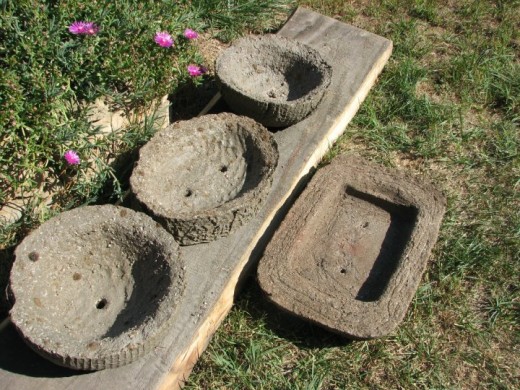
How to Make Hypertufa
For the work you will need:
- sand
- cement
- fiber mesh
- peat moss
- containers
- protective clothes, gloves and eyes shield,
- molds of your choice
Many of these ingredients normally are offered by home supply centers.
Step 1: Put on the eye protecting gear, special clothes and gloves (may be optional). You are strongly recommended to avoid direct skin contact with hypertufa mixture. Allow air ventilation as inhaling the vapor is no good for health.
Step 2. Apart from the proportions already mentioned above you may mix 2 parts of cement, 3 parts of sand, 3 parts of peat moss and water. Add water gradually and mix well till the consistency starts to resemble dough. To get the required color shade you simply will need to add mineral colors to the mixture.
Step 3. When the mixture is ready you may start filling it in the pot mold. However, in order to prevent sticking hypertufa to the mold, oil the latter from the inside with a vegetable oil or coat it with a thin plastic. Remember to leave a hole on the pot bottom. The mold can be of different shape and size. By the way you can either buy a mold or do it yourself as well.
Step 4. Leave the hypertufa mixture dry for 2 – 5 days. How long the drying process will take much depends on the climate and season. When ready, carefully remove the object from the mold. When you have sealed the pot it can be used for plants. Upon your taste you can leave the finish rough or cover it with color / gloss acrylic paints.
Step 5. Put the pot where you want it in your garden. Fill it with soil and seeds or ready plants.
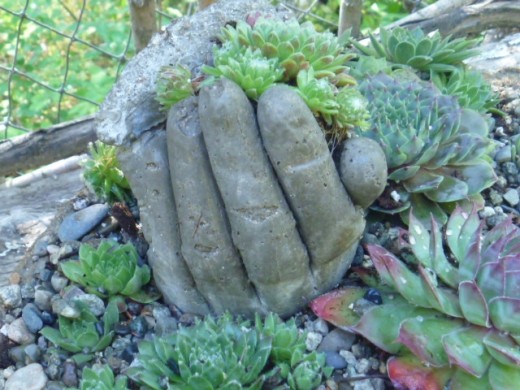
Hypertufa Garden Décor Tips
There are different streams of garden designs, namely: wildlife, butterfly garden, perennial garden, Japanese, tropical, shade garden, or water. Each garden type has its philosophy. The gardener should also know which flowers and plants come well together and which may be harmful. The branch of art that deals with garden styles is known as garden design and landscape architecture. Beautiful objects of garden decoration originated thousands of years ago once gardening sprung.
A watering spot provided for butterflies and birds may become one of the key vibrant spots in your garden. You can make this item in the form of a leaf, petal, or any other. You may want to lay flat stone steps and paths in the garden. If you have a table in the garden, following the instruction you could make the hypertufa centerpiece:
Step 1. Shape a piece of installation board of 1″ builder’s rigid foam into a preferred shape - the general size would be 8″ wide and 12″ long.
Step 2. Fix a batch of plants and applying hypertufa create something like a hill on the island.
Step 3. Cover the foam base and the rest but the top with hypertufa. You can add a lantern or any other object in the center and decorate the construction with sea shells, stones, colorful glass pieces. When it is dried add flowers and other plants around.
Hand-made décor will add special creative touch to your garden. It will also convey a feeling of harmony between you, your house and the garden. Garden décor includes but is not limited to: garden trellises, stands, pots, planters, baskets, steps, and sculpture. To every object you produce you may add colorful mosaic or ornament of any kind. The material normally used for garden décor is metal, stone, wood, bamboo, and hypertufa. However, stained glass is also widely used for creative design purposes. You may also use old objects as you redesign them for new purposes.
If You Liked This, You Will Love:
- Learn How to Make Your Own Spa Products
Spa products are so luxurious, but the price tag can really make you wince. You don't need to spend a lot of money on designer products; you can make your own for a fraction of the cost. - How to Faux Paint your Wooden Table Top to Look Like...
Granite is gorgeous, but it is expensive! You don't have to pay top dollar if you want the look-- if you're on a budget, try faux painting for furniture that looks like the real thing!



